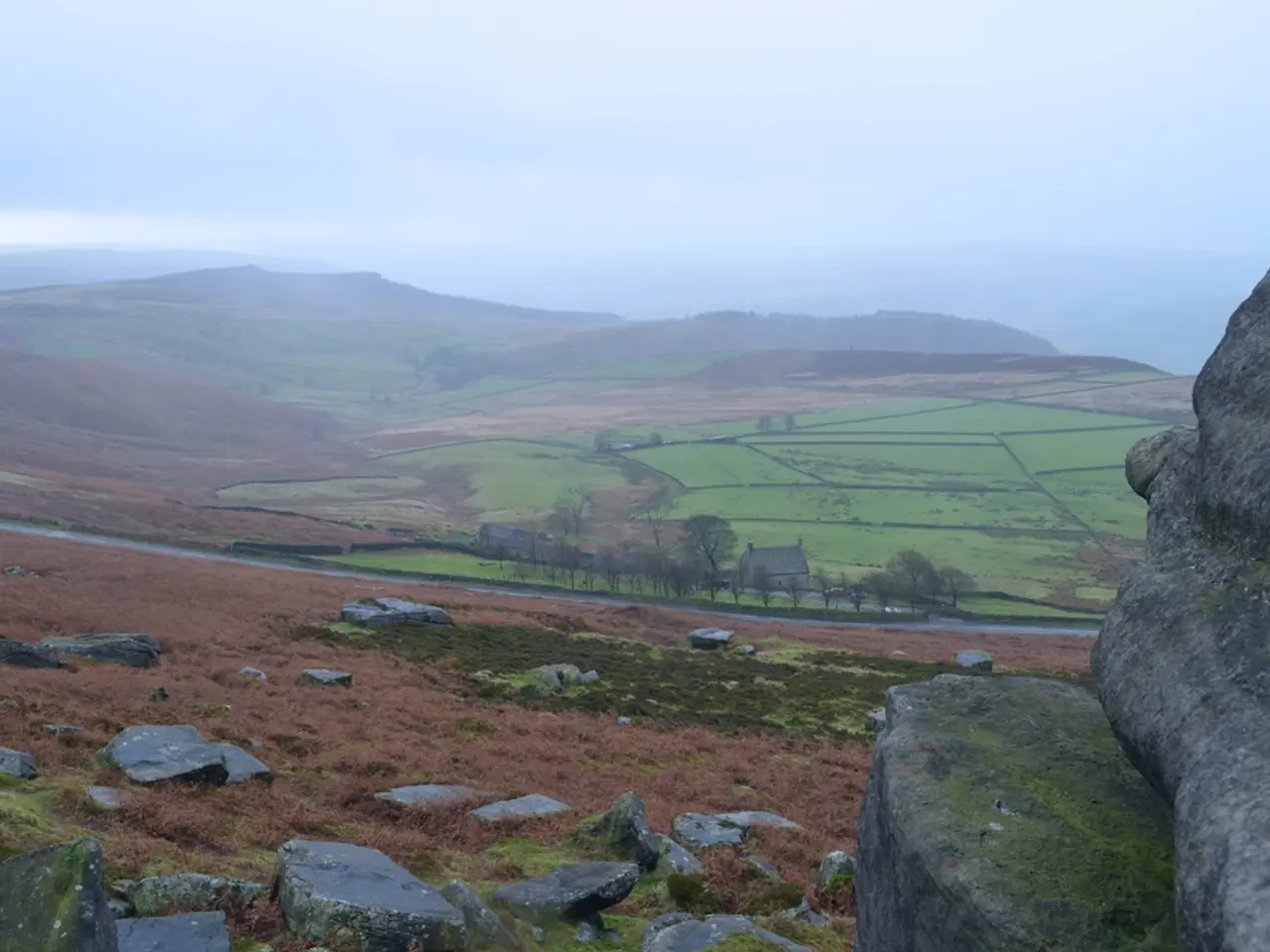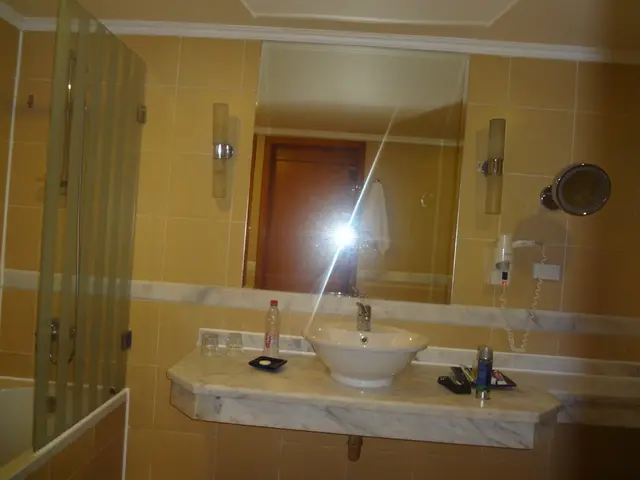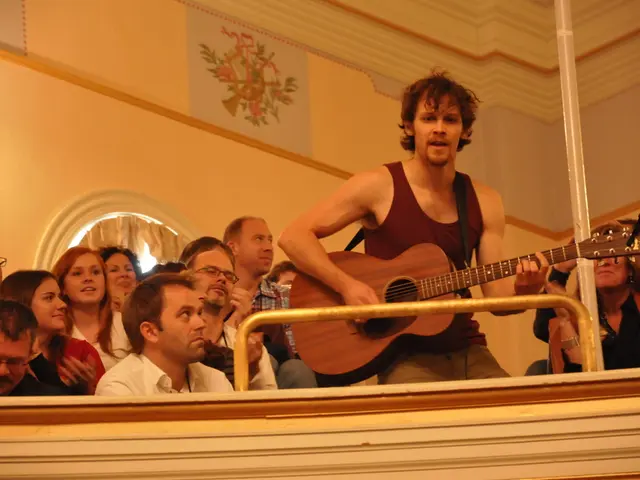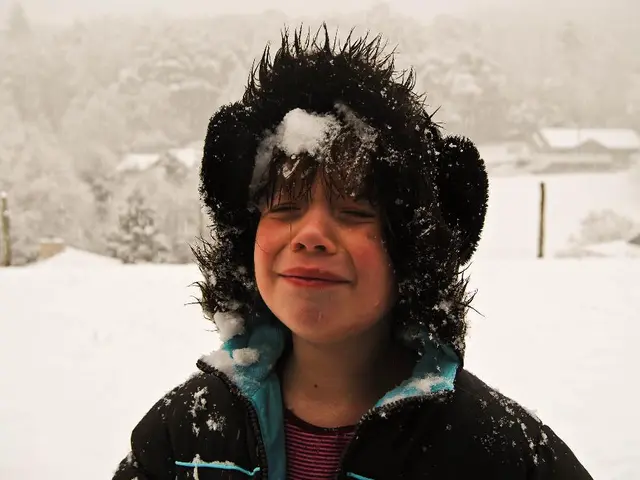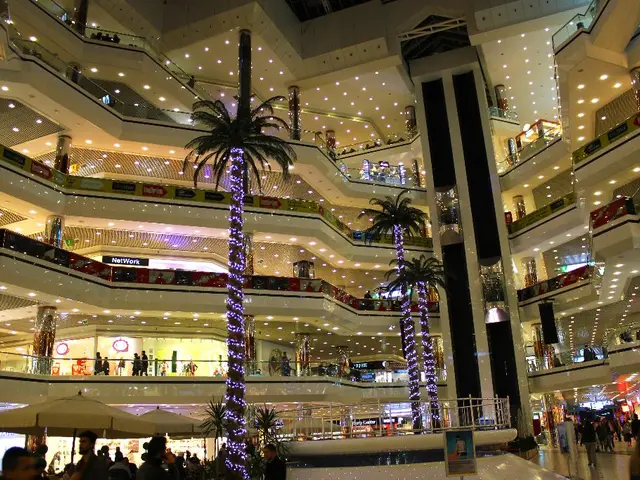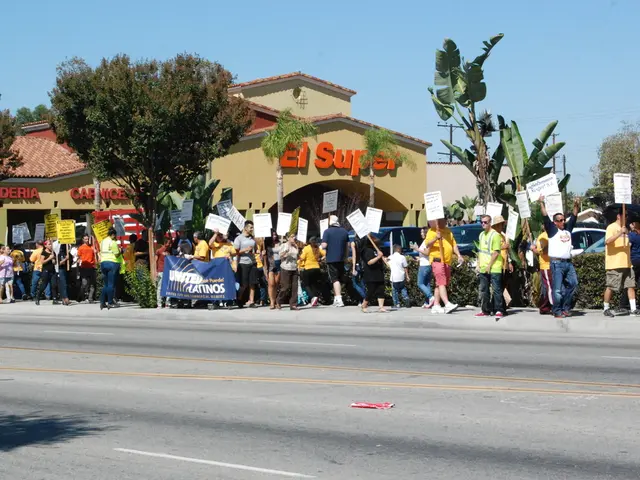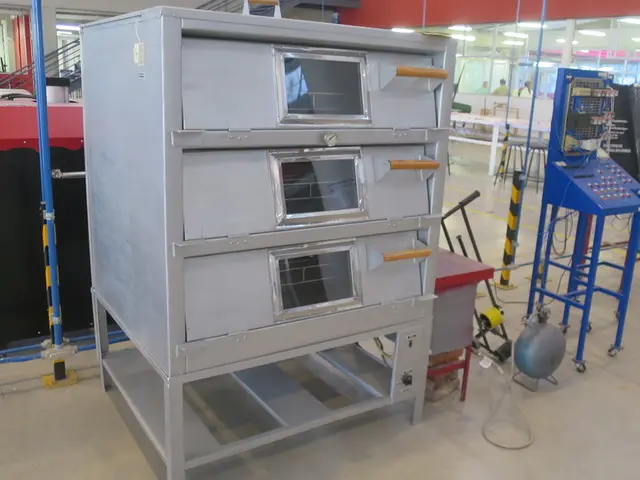Monitoring River Flows: Salatou Sambou Focuses on Aquatic Awareness
================================================================================
In the heart of Senegal, nestled along the Casamance River, lies the thriving fishing community of Mangagoulack. Despite a rapid decline in fish stocks elsewhere in the country, Mangagoulack's traditional fishing communities have continued to flourish, thanks to the innovative conservation efforts of Kawawana.
Established in 2008 by Salatou Sambou, Kawawana is an Indigenous and Community Conserved Area (ICCA) that operates under the Aire et Patrimoine Autochtone Communautaire (APAC) — a recognition of local heritage areas managed by the community themselves.
The Kawawana method of conservation is centred around community-based governance, emphasising the sustainable management and protection of local natural resources. Key practices include:
- Community governance and collective management of biodiversity, ensuring local control and protection of natural resources according to traditional knowledge and practices.
- Conservation of diverse ecosystems, such as forests, wetlands, and fishery resources, which are essential for biodiversity and local livelihoods.
- Sustainable use of natural resources to support local economies without depleting ecosystems, striking a balance between conservation and development.
- Cultural heritage protection, as the name Kawawana derives from a Djola expression meaning "Our heritage that we all want to protect together," emphasising the integration of cultural values in conservation.
- Collaboration and learning exchanges with partners to strengthen and adapt conservation actions to local contexts, fostering regional cooperation for equitable and sustainable resource management.
One of Kawawana's most significant initiatives is the ban on the use of nylon nets in the fishing zone, protecting fish and their breeding sites. This decision, along with the implementation of periods of rest for oyster harvesting to allow oysters to grow, has revitalised traditional practices and ensured a sustainable supply of fish and other resources.
The community's efforts have not gone unnoticed. Kawawana is now recognised as a reference for sustainability and community engagement in fishing not only in Senegal but also in West Africa. Salatou Sambou, the cofounder and spokesman of Kawawana, advises other communities to value ancestral knowledge and practices, regulate resource use, and respect rules to ensure sustainable fishing and job creation.
However, Kawawana faces new challenges, such as poaching from fishermen from other areas who have depleted their own supplies and come to Mangagoulack's waters in search of fish. Despite these challenges, the bonds that hold the Jola community together are incredibly strong, and they continue to strive for a sustainable future.
This community-based conservation model in Kawawana is celebrated as a successful example of Indigenous-led conservation, contributing significantly to environmental sustainability and socio-economic resilience in the Mangagoulack area. The article featuring Kawawana is part of Atmos Volume 03: Flourish/Collapse, which explores questions about the impact of human activities on nature and the possibility of returning to a point of flourishing without collapse.
References: [1] Atmos Magazine. (2021). Kawawana: A Community-led Conservation Success in Senegal. Retrieved from https://atmos-mag.com/2021/06/03/kawawana-community-led-conservation-senegal/ [2] Kawawana. (n.d.). About Us. Retrieved from https://kawawana.org/en/about-us/
